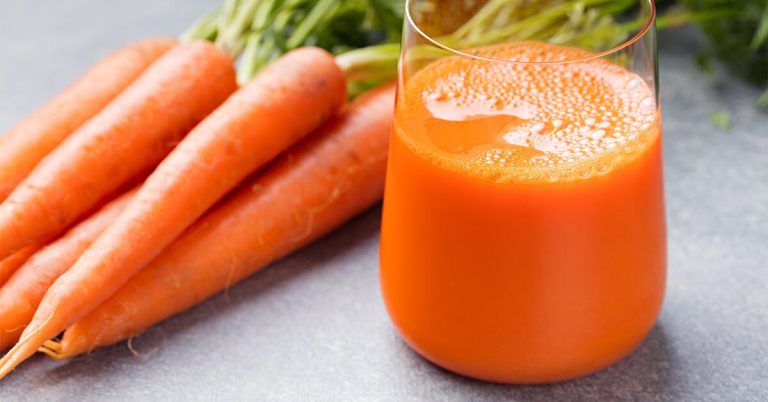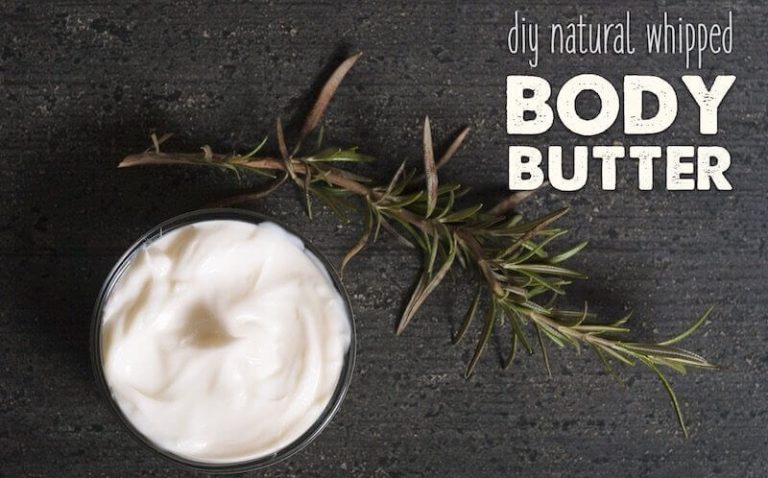Indian gooseberry is known by two scientific names — Phyllanthus emblica and Emblica officinalis. It’s also commonly called amla.
This small tree has yellow-green flowers that blossom into round, edible fruits of the same color.
The fruits are about the size of a golf ball with a pit and thin peel. Their taste has been described as sour, bitter, and astringent.
The fruit is used in cooking in India, and most supplements on the market today are made only from the powdered, dried fruit or fruit extracts.
However, the whole plant — including the fruit, leaves, and seeds — is utilized in traditional Indian medicine (1).
Summary
Indian gooseberry fruits are used in cooking in India and commonly sold as supplements. The whole plant is used in traditional Indian medicine.
Indian gooseberry has several potential benefits, although more high quality studies in humans are needed to confirm many of these possible effects.
Heartburn
One 4-week, high quality study in 68 people with gastroesophageal reflux disease (GERD), which is characterized by frequent heartburn, investigated the effects of taking 1,000 mg of amla fruit tablets daily on GERD symptoms (2).
Researchers observed that the amla fruit group experienced greater reductions in the frequency and severity of heartburn and vomiting than those in the placebo group (2).
Though this study is promising, more research is needed to fully understand the effects of Indian gooseberry supplements on heartburn and GERD.
Anti-aging
Due to its high vitamin C content, Indian gooseberry may have some promising anti-aging benefits. Vitamin C is an antioxidant that can help prevent cellular damage, which may help slow your body’s natural aging process (3).
Some anti-aging benefits of Indian gooseberry include:
- Skin. In addition to its antioxidant activity, Indian gooseberry may help prevent the breakdown of collagen, which forms the firm but flexible protein matrix in your skin and soft tissues (4, 5).
- Hair. Indian gooseberry extract is commonly used in Thailand to promote hair growth, and some evidence shows that it may inhibit an enzyme that contributes to hair loss (6).
- Vision. In test-tube studies, Indian gooseberry extract provides protection against age-related macular degeneration (AMD) by improving the mitochondrial health of eye cells (7).
Cancer
In test-tube and animal studies, Indian gooseberry extracts have killed certain types of cancer cells, including breast, cervical, ovarian, and lung cancers (8).
Additionally, Indian gooseberry extracts may play a role in cancer prevention due to their antioxidant activity. It appears that Indian gooseberry may also help prevent cell mutations that lead to tumor growth and cancer development (8).
It’s thought that the many phytochemicals, such as tannins and flavonoids, in Indian gooseberries play a role in cancer prevention, along with its vitamin C and antioxidant content (8).
However, no research on Indian gooseberry and cancer has been conducted in humans, so this is far from a confirmed benefit. If you have cancer, be sure to follow the advice and recommendations of your healthcare team.
Heart health
One of the most common uses of Indian gooseberry is to promote heart health. There are many ways in which Indian gooseberry may decrease your risk of heart disease, including:
- Antioxidant effects. Indian gooseberry extracts may protect against oxidative damage that’s associated with heart injury. This has been noted in several animal studies (9, 10, 11).
- Regulates endothelial function. A study in people with type 2 diabetes found taking 1,000 mg of Indian gooseberry daily improved endothelial function, dysfunction of which is thought to contribute to atherosclerosis and heart disease, to the same extent as the drug atorvastatin (12, 13).
- Anti-inflammatory effects. Human studies have noted that Indian gooseberry can significantly reduce inflammation, which is considered a key factor in the development of heart disease (12, 14, 15).
- Normalizes blood fat levels. Human studies have observed an improved blood fat profile after supplementing with Indian gooseberry, including lower total cholesterol, triglyceride, and LDL (bad) cholesterol levels, as well as increased HDL (good) cholesterol (12, 14, 16, 17).
- Reduces blood pressure. Indian gooseberry may help reduce high blood pressure levels by acting as a vasodilator, or by widening the blood vessels. High blood pressure is a risk factor for heart disease (15, 18).
- Anti-platelet effects. Finally, supplementing with Indian gooseberry may help prevent the formation of blood clots, which may cause heart attack or stroke if they block an artery (15).
Still, although some human studies have been conducted, more research is needed before Indian gooseberry can be claimed as an effective heart health supplement.
Blood sugar levels
In animal studies, Indian gooseberry has been shown to help lower blood sugar levels (19, 20, 21).
These effects have also been noted in a small study in 32 people, in which taking 1–3 grams of Indian gooseberry powder daily for 21 days significantly decreased fasting and post-meal blood sugar levels, compared with a control group (17).
Given these blood-sugar-lowering effects, Indian gooseberry may play a role in preventing and treating type 2 diabetes. Nevertheless, more high quality human studies are needed.
Liver damage
In rat studies, Indian gooseberry extract protected against liver damage caused by either a high fat diet or N-nitrosodiethylamine, a substance that’s toxic to the liver. This is likely due to its anti-inflammatory and antioxidant activity (22, 23, 24).
However, this effect hasn’t yet been investigated in humans.
Immune health
Finally, Indian gooseberry may have some immune-strengthening effects due to its vitamin C content. A single Indian gooseberry contains approximately 600–800% of the Daily Value (DV) for this vitamin (25).
Vitamin C can optimize immune health in several ways. It’s an antioxidant, so it works to decrease cellular damage and inflammation (26).
While short-term inflammation is a normal and healthy immune response, chronic inflammation is an ongoing immune response that can promote poor health (27).
Chronic inflammation is associated with an increased risk of developing conditions like type 2 diabetes, heart disease, or autoimmune disorders, in which your body attacks its own healthy cells (27).
What’s more, vitamin C may help bolster your immune system by promoting the proliferation of phagocytes, specialized immune cells that help swallow up harmful invaders (26).
It may also help your body develop protective antibodies against perceived threats (26).
Summary
Indian gooseberry may promote heart health, provide anti-aging effects, improve immune function, and reduce heartburn severity and cancer risk. However, more research in humans is needed to fully understand these potential effects.
Sourcing fresh Indian gooseberries may be a challenge unless you live near a specialty Indian or Asian market. Still, you can buy dried Indian gooseberries online.
Additionally, taking it as a supplement may have some side effects.
Due to its anti-platelet properties, Indian gooseberry can thin your blood and prevent normal blood clotting (15).
If you have a bleeding disorder or are taking a blood thinner, you should talk to your healthcare provider before eating Indian gooseberry, drinking it as a tea, or taking it as a supplement.
You should also stop taking Indian gooseberry prior to surgery because of this bleeding risk.
There’s also some evidence that it may lower blood sugar levels, so if you have type 1 or type 2 diabetes, or other blood sugar management conditions, you should be mindful of this (17).
Given the lack of evidence regarding its safety, you should also avoid Indian gooseberry if you’re pregnant, breastfeeding, or trying to conceive.
Summary
Fresh Indian gooseberries may be hard to find. Additionally, Indian gooseberry supplements may prevent normal blood clotting and lower blood sugar levels, which can be harmful. Discuss any concerns with your healthcare provider.
Indian gooseberry fruits can be eaten raw, although they’re very sour and may not be appealing to most people. In India they’re often pickled or candied in a simple syrup. Some regions of India also use Indian gooseberries in dal, a traditional lentil dish.
Indian gooseberry supplements are primarily marketed and sold as amla fruit powder or powder-filled capsules. The powder can be used to make tea or added to drinks and smoothies.
Most supplements contain 500–1,000 mg of Indian gooseberry powder per serving.
Additionally, because of their high vitamin C content, amla fruit powders are advertised for use in hair and skin care products. You can also buy amla fruit oils that are specifically made for use on the skin and hair.
Because there’s a lack of evidence surrounding a safe and effective dosage, don’t take more than the recommended daily dose on the supplement label.
You should also speak to your healthcare provider before starting it if you’re taking a blood thinner or medications to manage diabetes.
Summary
You can buy dried Indian gooseberries online, and the supplements are usually sold as powdered amla fruit. You shouldn’t take more than the recommended daily dose on the supplement label.
Indian gooseberries are used in cooking and herbal medicine in India and other Asian countries. Supplements made from this fruit have many potential benefits, including anti-aging, cancer prevention, heartburn reduction, and heart-health effects.
The fruits are also packed with vitamin C, so they may help optimize your immune health.
However, there’s not much research available on a safe and effective dosage of Indian gooseberry in humans. As such, you shouldn’t take more than the recommended daily dose outlined on your Indian gooseberry supplement label.
As with any supplement, always speak with your healthcare provider before adding Indian gooseberry to your routine.












